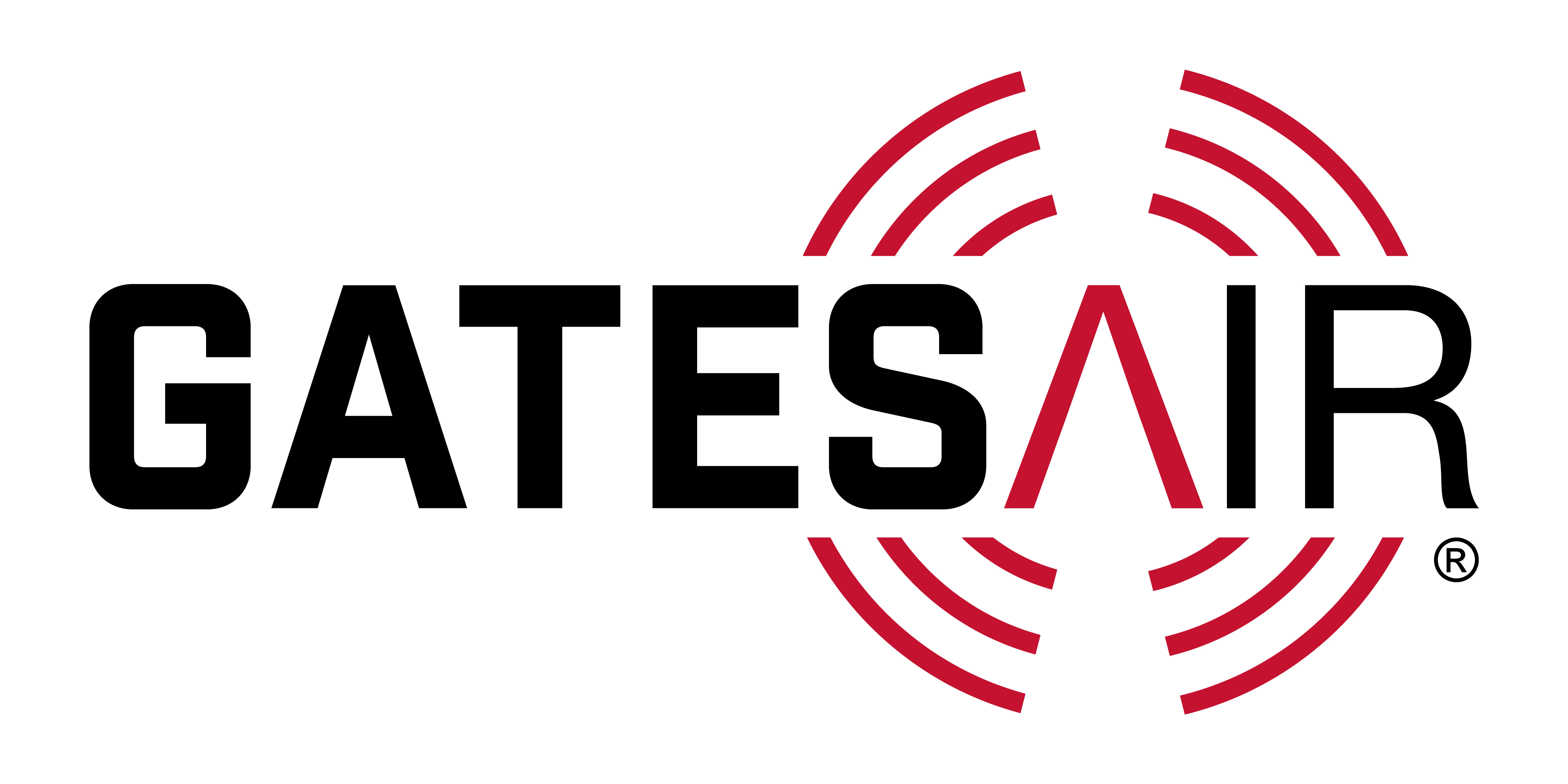IBC 2016: GatesAir brings latest high-efficiency over-the-air TV systems
At IBC2016 in Amsterdam, GatesAir, the global leader in wireless, over-the-air content delivery solutions for TV and radio broadcasters, will emphasise operational efficiency and low total cost of ownership for RF operations with its latest high-efficiency transmitters and software-defined exciter – further amplified through GatesAir’s latest breakthrough in cost-, energy- and labour-reducing power amplification technology.
 GatesAir’s highly energy efficient product line, which includes Maxiva UHF DTV transmitters with PowerSmart Plus and the Maxiva XTE exciter, simplify maintenance, help minimise space consumption, and reduce the overall carbon footprint of the RF plant. At IBC2016, GatesAir will demonstrate how these technologies work together to improve performance while helping to accelerate return on investment.
GatesAir’s highly energy efficient product line, which includes Maxiva UHF DTV transmitters with PowerSmart Plus and the Maxiva XTE exciter, simplify maintenance, help minimise space consumption, and reduce the overall carbon footprint of the RF plant. At IBC2016, GatesAir will demonstrate how these technologies work together to improve performance while helping to accelerate return on investment.
“To remain competitive, broadcasters worldwide share the goal of adopting the most energy efficient UHF DTV transmission products to contain their costs and preserve the environment,” said GatesAir chief product officer Rich Redmond. “Our Maxiva transmitters, XTE exciter and PowerSmart Plus technology have all been designed to deliver a compelling operational value proposition without compromising quality.”
Designed for the green economy, PowerSmart Plus is a next-generation transmitter architecture that can raise AC to RF efficiencies up to 50-percent for ATSC and DVB-T2 transmitters – the highest levels of any UHF DTV transmission products on the market. In the past, this efficiency topped out at 30-40-percent.“With design advancements like the recent integration of high-efficiency power amplifiers, our PowerSmart Plus transmitter architecture goes above and beyond the efficiency gains attained by our previous energy-saving technologies,” said Redmond.
This ultra-high efficiency enables GatesAir Maxiva ULXT liquid-cooled and UAXT air-cooled UHF DTV transmitters to operate with 20-percent greater efficiency than today’s leading competitive offerings. And compared to legacy air-cooled UHF transmitters, broadcasters can see up to 170-percent greater efficiency. The resulting cost reduction for a transmitter facility can be as high as $80,000 per year upon transitioning to a PowerSmart Plus-enabled transmitter.
“Our customers can actually measure this new efficiency benchmark in their RF plant’s significantly lower energy consumption, resulting in lower power bills. And we can show prospective customers how investing in PowerSmart Plus can lead to operational savings that contribute to a rapid return on investment,” Redmond said.
Leveraging PowerSmart Plus and the Maxiva XTE software-defined exciter, GatesAir’s Maxiva ULXT liquid-cooled and UAXT air-cooled transmitters are said to provide the highest efficiency and performance of any over-the-air transmitter on the market. Along with reducing energy use, all Maxiva transmitters provide the benefits of broadband amplification to simplify maintenance and modulation adjustments, while requiring fewer spare parts. These transmitters are ready for emerging signal processing challenges including advanced wireless IP-based transport capabilities, 4K and UHD resolution content delivery, and support for advanced DTV standards such as DVB-T2, ISDB-Tb and ATSC 3.0.
As the newest member of the Maxiva product family, the UAXT offers the convenience and simplicity of air-cooled operation at higher power levels. This provides a clear operational value proposition for broadcasters unable to support liquid-cooled architectures for high-power DTV due to the remote location of – or limited real estate within – today’s RF plants. At the 2016 NAB Show, GatesAir expanded the Maxiva line with the new UAXT-12 (10.8 kW) and UAXT-16 (14.4 kW) models, two power levels that were previously not available in the UAXT range. UAXT transmitters offer market-leading efficiency – outperforming the competition by more than 20-percent – simplified maintenance, and hot-swappable power amplifiers and supplies. IBC2016 marks the international debut of the higher power UAXT models.
GatesAir will also demonstrate its software-defined Maxiva XTE exciter. Supporting all analog and digital TV standards, the XTE provides the advanced signal processing, throughput and IP transport capabilities required to efficiently deliver the high-quality video/audio content and data associated with today’s leading, and future, digital broadcast standards. The 1RU XTE—half the size of its predecessor—also leverages GatesAir’s latest software innovations for signal performance, including its intelligent Real Time Adaptive Correction (RTAC) technology, and offers a seamless in-the-field upgrade path to support future transitions and standards.
GatesAir’s RTAC technology incorporates digital adaptive pre-correction algorithms overcome the inherent lack of linearity in standard amplification techniques. Employing the most complex mathematical models in any exciter, the XTE’s built-in RTAC software preserves long-term reliability for optimized over-the-air signal performance and compliance. Pre-distortion affecting performance in simpler mathematical models is eliminated, resulting in a cleaner and stronger signal.
“The signal correction characteristics are crucial to addressing the many artifacts and imperfections that are common in multichannel DTV broadcasting, including but not limited to a sharp improvement in modulation error ratio (MER),” said Redmond. “This is a clearly defined problem worldwide that XTE goes a long way in solving for our customers.”
GatesAir will demonstrate these and other advances, including IP transport capabilities for DVB-T2 digital TV systems, at Stand 8.C30 of the RAI Convention Center in Amsterdam from September 9-13, 2016.
